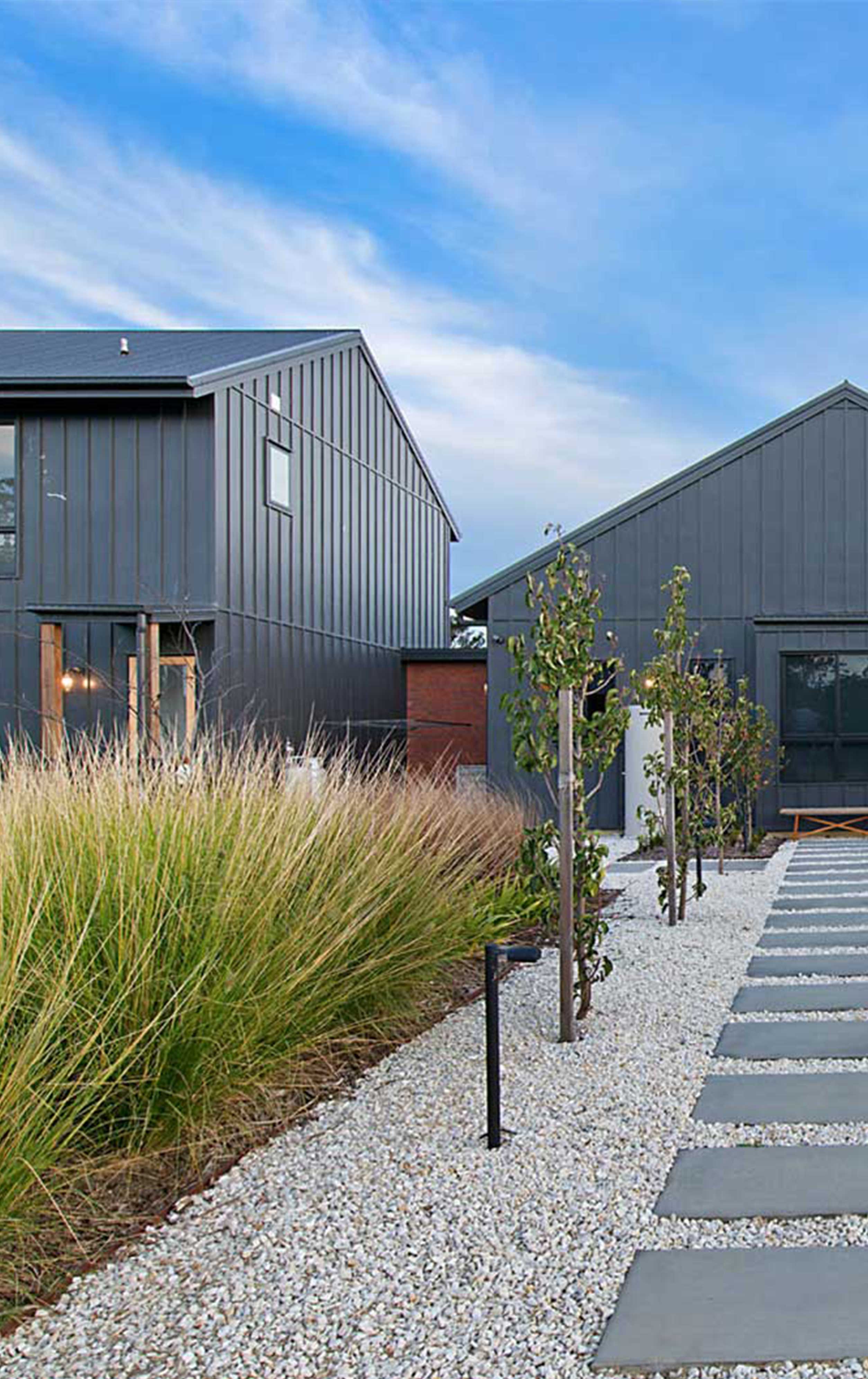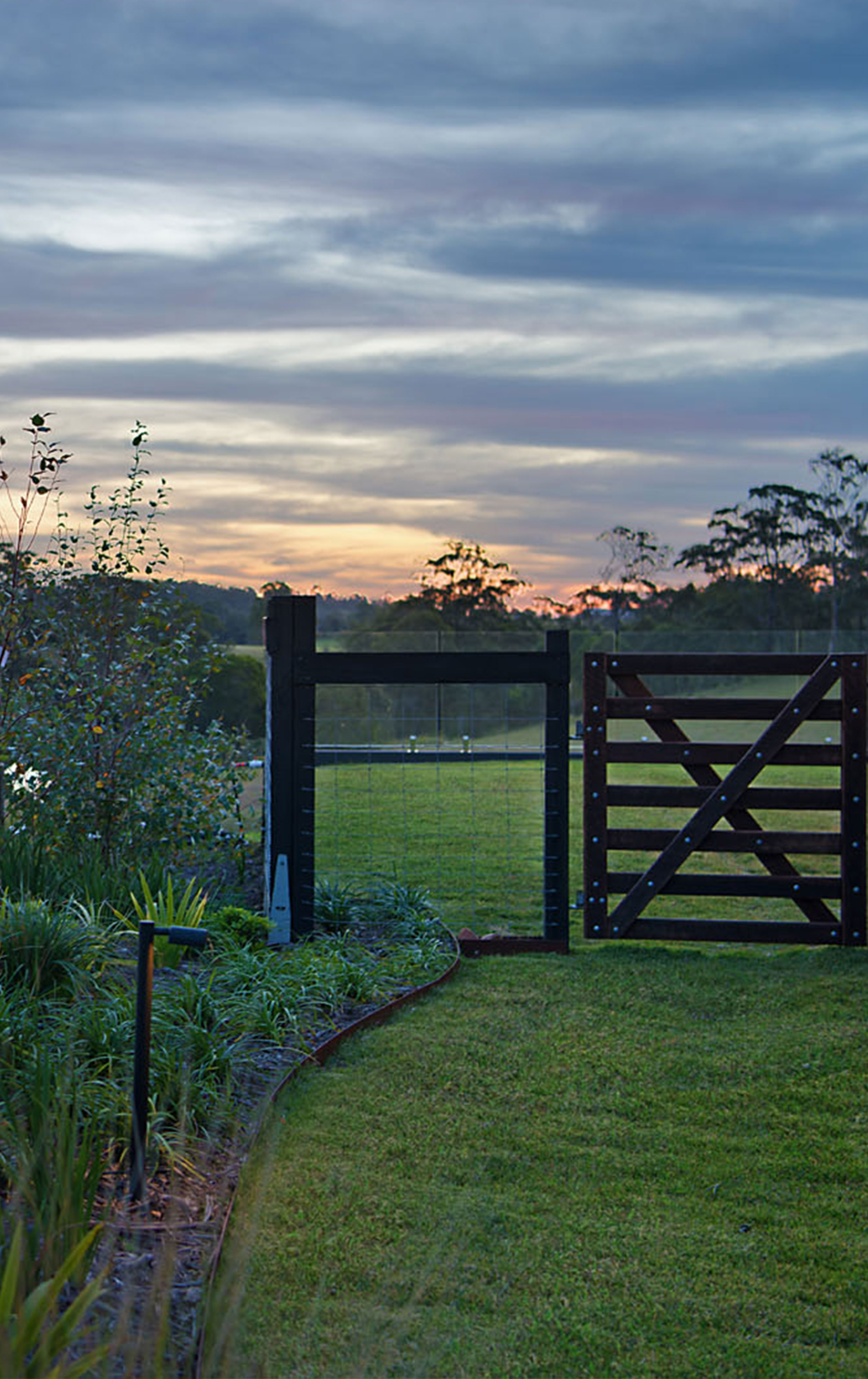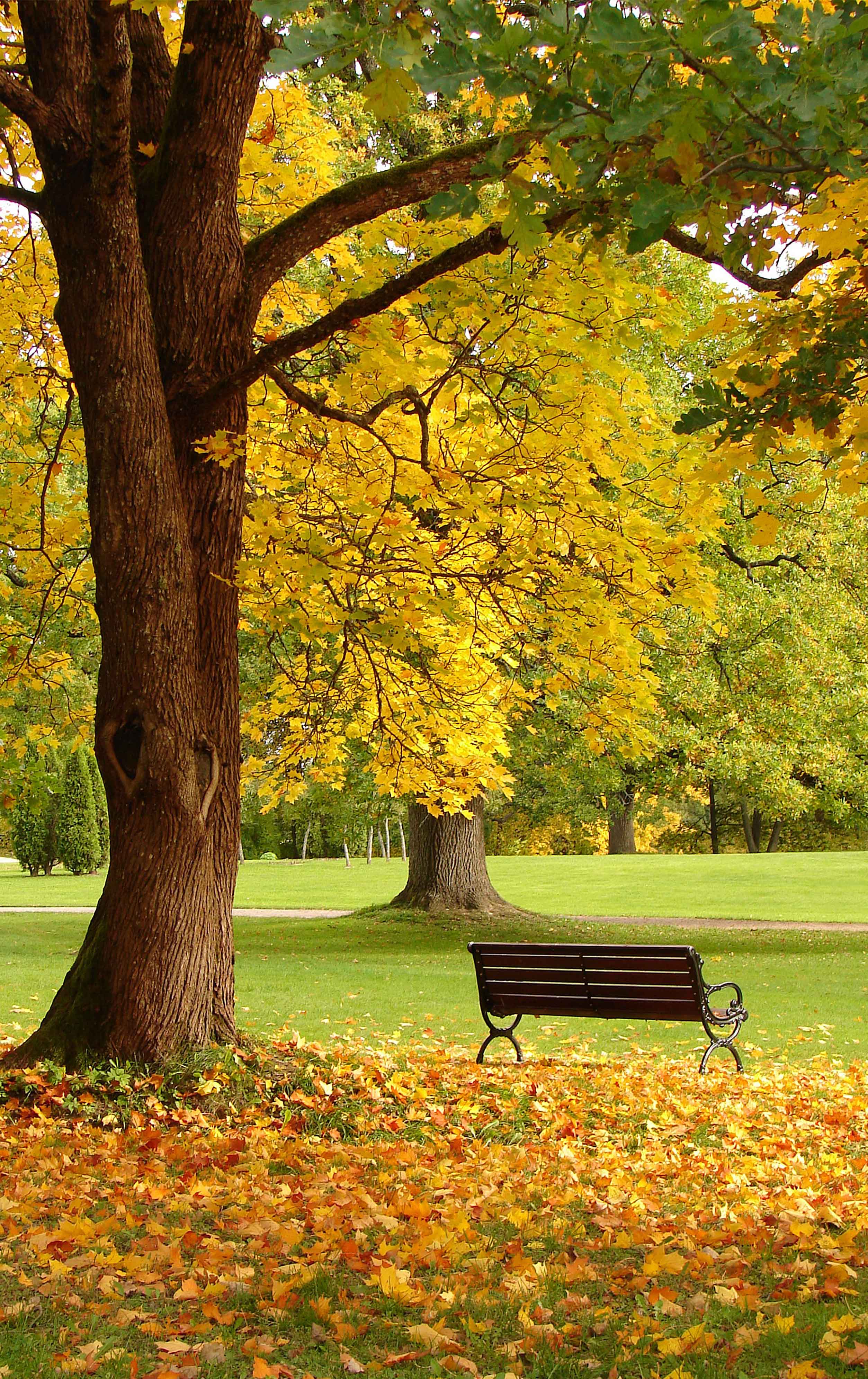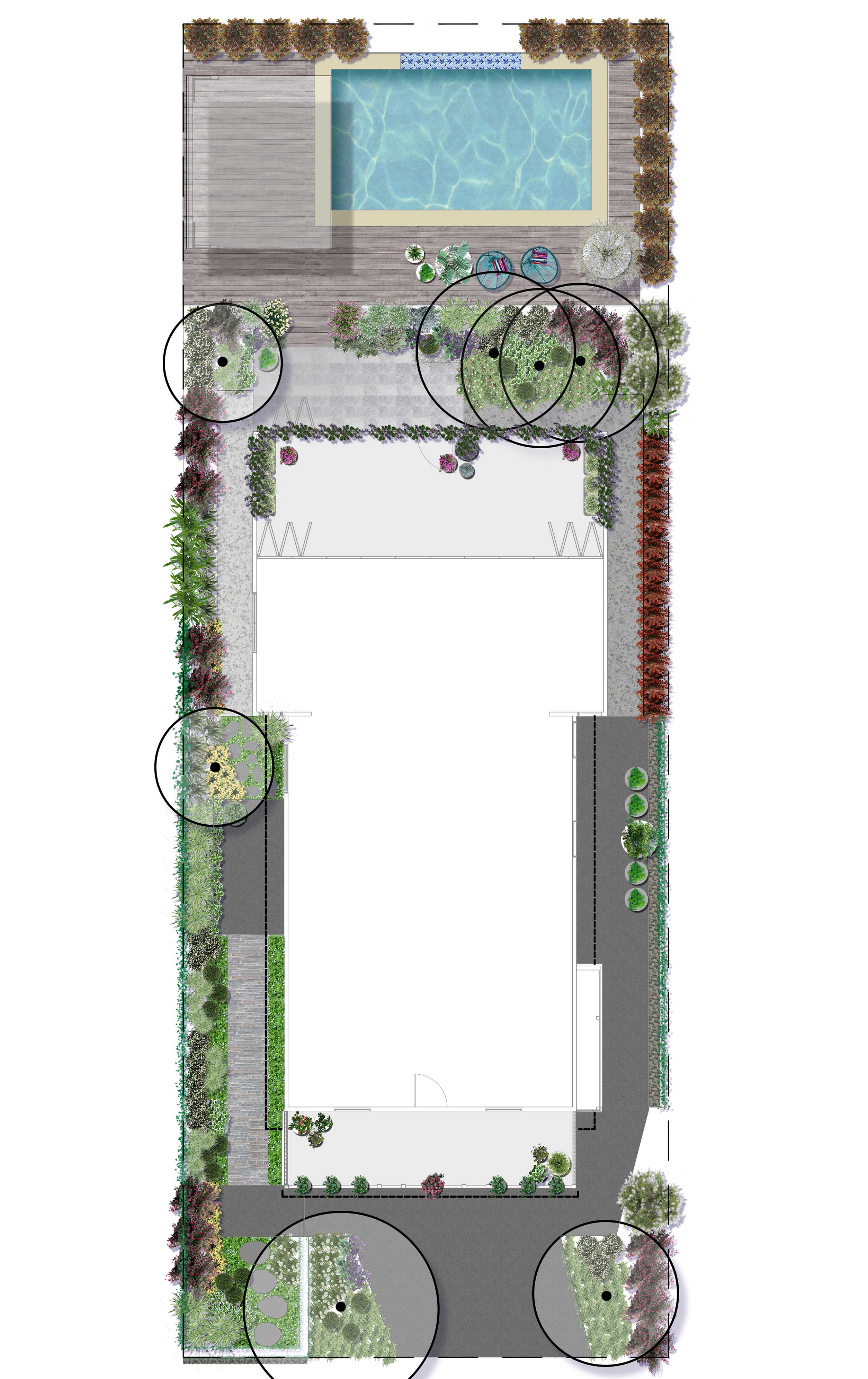Designing your garden? 5 surprising facts Landscape Architects know (that you should too).
Everybody can dig a hole and plant a plant; however, they don’t know what Landscape Architects know. Landscape Architects have studied for four years to be awarded a bachelor. Afterward, they continue to refine their skills and embrace the collected knowledge of their experts in the field.
Theory, experience, and knowledge handed down create the valuable immense database of a Landscape Architect. These are just 5 of the surprising facts Landscape Architects know that you should too.

Corten Steel garden edge between garden and pebble

Corten Steel garden edge between garden and turf
1. Garden Edging
A surprising fact Landscape Architects know that you should too is Garden Edging.
Garden edging is like that hardworking person that goes quietly unnoticed in life who is extremely important. Without garden edging or that person’s order can collapse!
What is Garden Edging? It is the barrier between your turf or pebble pathway and your garden bed. Without it, your lawn will grow into your garden and your garden will grow into your pebble pathway. This will create a massive mess.
See our project at Mount Mee for the difference garden edging makes.
There are many different types of garden edging a few of them are:
- Paver Edge (Pavers set in concrete)
- Timber Edge
- Concrete Edge
- Corten Steel Edge
- Aluminum Edge
- Spade Edge
Extra tip: It is not a row of masonry blocks! Pretty please don’t choose this option, all the stylish designers cry a little inside when they see this.
Masonry blocks are for walls not garden edging. Yes sometimes they are sold as ‘garden edging’ but it looks terrible.
2. The Relationship Between a Seat and a Tree
A surprising fact Landscape Architects know that you should too is a relationship between a seat and a tree. The best kind of relationship between a seat and a tree is a shady one.
If you would like to sit in the shade you need to place the seat under the tree. You also need to place the seat where the shade is cast from the tree.
The shade cast changes throughout the day. Watch the shade to find out where it goes and place your tree in the optimal position.
This one sounds too straight forward to be surprising! Next time you are out and about take note of how the seats are sitting in the parks and streets. You will be amazed at how often seats are left out in the sun.


3. Measure Your Furniture
A surprising fact Landscape Architects know that you should too is to measure your furniture.
Many times I have seen people purchase a dining table and chairs that are too big for their alfresco area. When this happens there is not enough room to pull out chairs or to get in and out easily.
The best way to avoid this is to measure the dining set before purchase, with the chairs pulled out as if they were all occupied.
Next, you want to leave an 800mm-1000mm gap all around the perimeter of the dining set. This gap will allow for room to move around your table when entertaining.
This is a fantastic way to get a true measurement of how much space a dining set takes up in your landscape design.
4. Don’t Buy a Plant Just Because You Like it
A surprising fact Landscape Architects know that you should too is don’t buy a plant just because you like it.
Yes, we have all been there at the local nursery, you become super excited when you see a beautiful plant so you purchase it. When you do this no thought goes into the overall look and feel of your entire garden.
The practical problem with buying a plant just because you like it is it may not be the right plant to grow. Every plant is a goldilocks. They have the perfect sunlight, water, growing size, and soil conditions needed for their survival. For example a shade only plant cannot survive when you position it in a full sun position.
Study the optimal growing requirements of plants and think about if it will add value to your overall garden design before you purchase a plant.
If you are someone who likes to purchase plants on a whim, like me, continue this addiction to just indoor plants.


5. Plan Before Action
A surprising fact Landscape Architects know that you should too is plan before action.
You wouldn’t build your house before you have a plan to build off. This is the same for your garden, don’t dig before you plan. Careful planning before constructing your garden is essential.
Creating a landscape plan can save you money in the long run. It gives you focus on your outcome. A plan is a clear communication tool for you to handover to a landscaper to construct your landscape design.
The fantastic thing about having a plan is that you can build your landscape in phases, over the years if need be, and the overall design vision will not be lost.
Creating Your Landscape Design
Do you need help with creating a landscape plan for your project? Contact us and we can help you on this journey.

